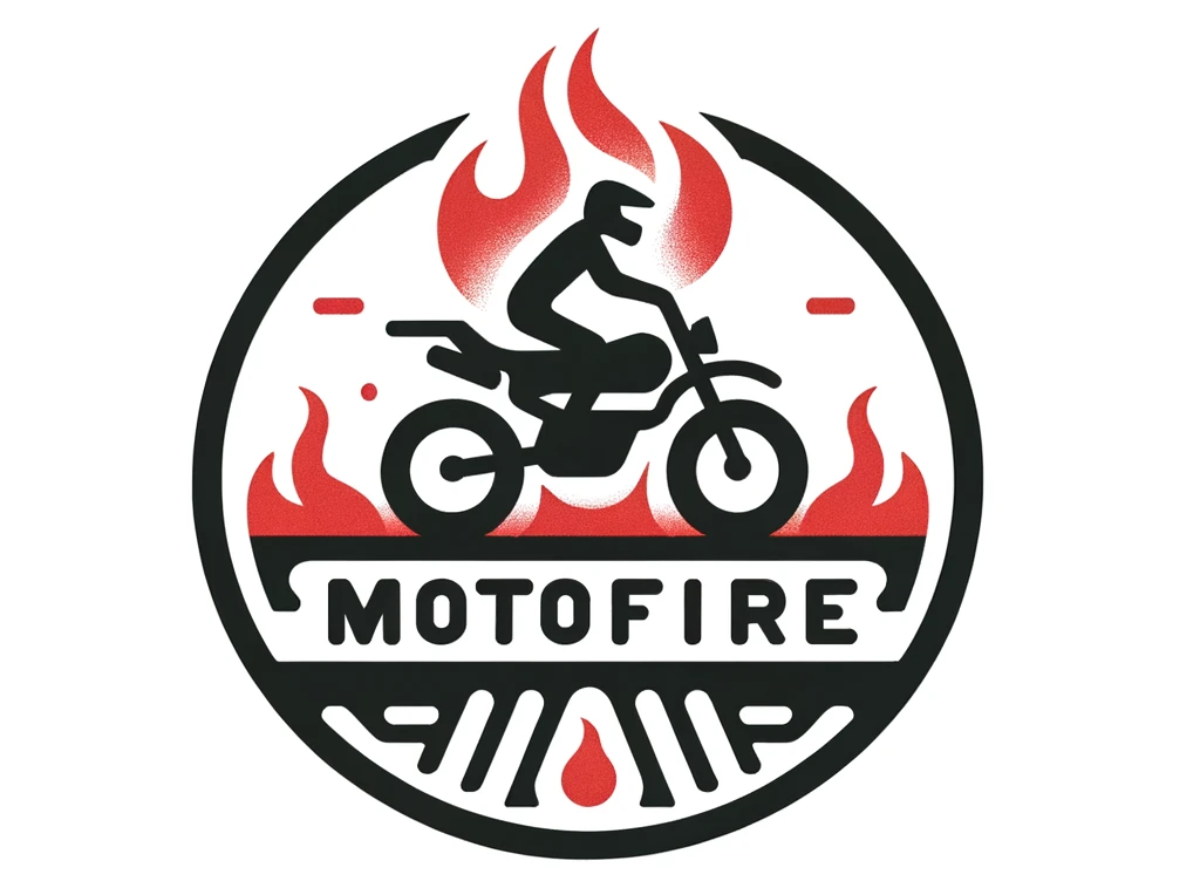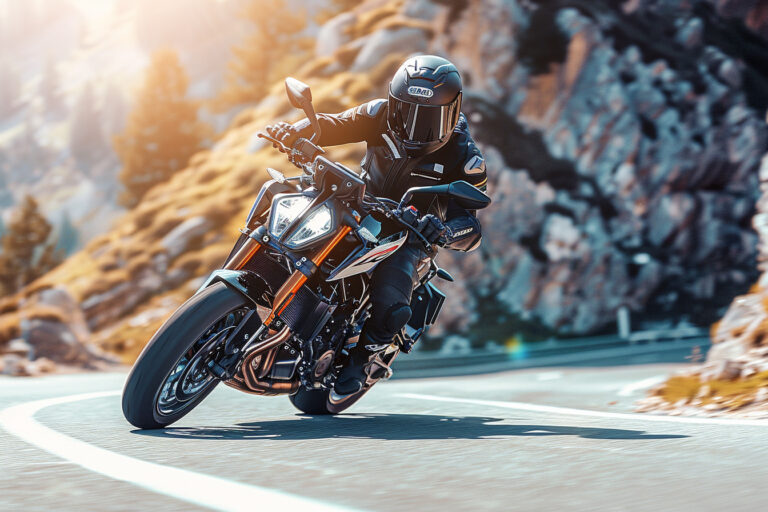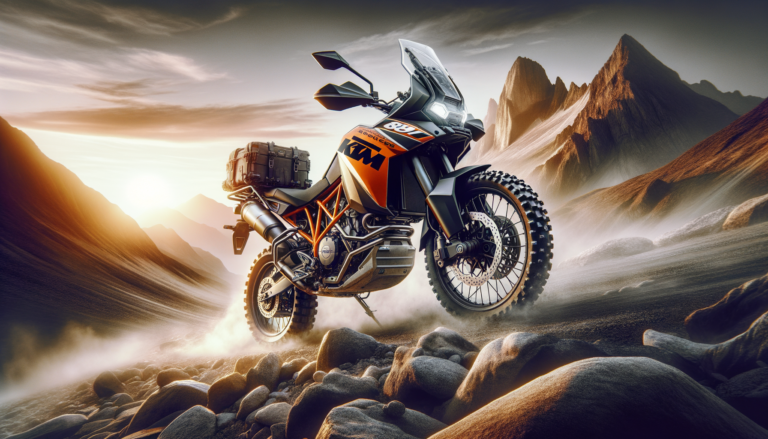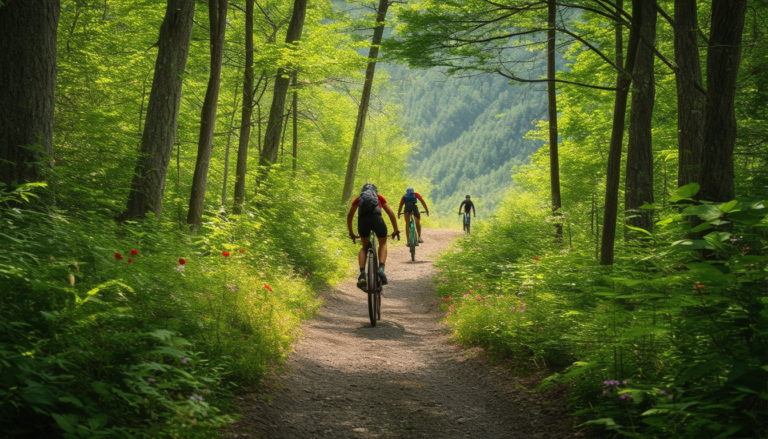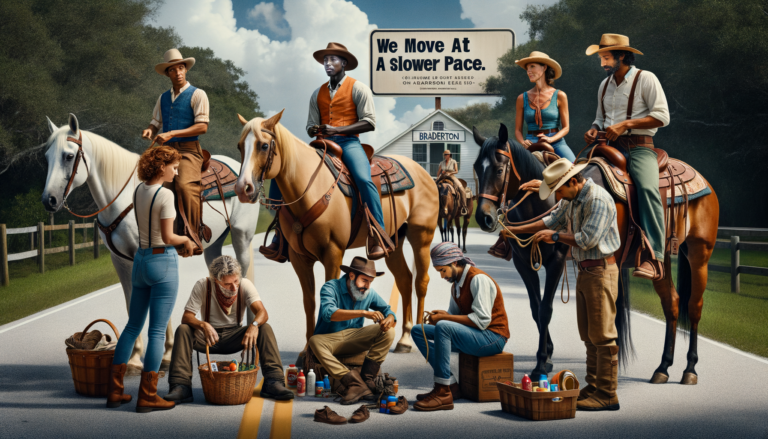What are the essential steps to mastering motorcycle riding?

Understanding the Basics of Motorcycle Operation
Becoming proficient at motorcycle riding begins with a solid understanding of how motorcycles operate. New riders should familiarize themselves with the different parts of the motorcycle, including the throttle, brakes, clutch, and gear shift. Knowing how these components work in tandem to control the motorcycle is crucial.
- Throttle: Controls the engine’s power which moves the bike.
- Front Brake: Usually the most powerful, responsible for slowing down and stopping.
- Rear Brake: Helps stabilize the bike during stops.
- Clutch: Engages and disengages power from the engine to the transmission.
- Gear Shift: Changes the gears, affecting speed and power.
Starting and Stopping
Before hitting the road, practice starting and stopping in a safe, open area. Get a feel for the motorcycle’s weight and balance as you slowly release the clutch and apply the throttle to start. When coming to a stop, apply both the front and rear brakes smoothly while downshifting to first gear.
Investing in Proper Training
One of the most important steps in mastering motorcycle riding is formal training. Enroll in a certified motorcycle training course to learn the best practices for safe riding from professional instructors.
- Beginner’s Course: Covers the fundamentals, including safety, riding gear, and basic maneuvers.
- Advanced Courses: Offer training for more complex riding scenarios and techniques.
Developing Core Riding Skills
Riding a motorcycle requires coordination, balance, and the development of certain key skills. These core competencies should form the focus of your practice sessions.
Balancing and Steering
Practice balancing the bike from a stationary position and while moving. Understand countersteering – pushing the handlebar left to go left and right to go right at higher speeds.
Shifting Gears
Develop smooth gear-shifting habits. This involves coordinating the clutch lever, throttle, and gear shift lever. Practicing this will make it second nature and reduce the risk of stalling or jerking the motorcycle.
Observing and Responding
Strengthen your ability to observe your surroundings and anticipate potential hazards. Work on quick but controlled responses to obstacles, changes in road conditions, and traffic behavior.
Mastering Advanced Techniques
As your confidence grows, begin to incorporate more advanced riding techniques into your practice.
Cornering
Learn how to approach, enter, and exit corners with the right speed and lean angle. Refining cornering skills increases both safety and enjoyment on the road.
Braking Effectively
Practice using both the front and rear brakes effectively, understanding the balance between the two, especially in emergency situations.
Riding in Varied Conditions
Experience and comfort with riding in different weather conditions and at different times of the day is essential for a well-rounded skill set.
Wet Weather Riding
Understand how rain affects traction and visibility, and adjust your riding accordingly. Use gear designed for wet conditions to stay safe and comfortable.
Night Riding
Take extra precautions when riding at night, such as wearing reflective clothing and being extra vigilant for pedestrians and road hazards.
Persistent Practice and Patience
Like any skill, becoming a master at motorcycle riding takes persistent practice and patience. Dedicate time to regularly ride and reflect on your progress, seeking continuous improvement.
- Track your learning progress in a journal.
- Practice regularly in different environments.
- Be patient with yourself as you learn.
Mastering motorcycle riding is an ongoing process that can provide a lifetime of enjoyment and freedom on the road. It’s essential to stay committed to learning, always prioritize safety, and keep building on the skills you acquire throughout your journey as a rider.
